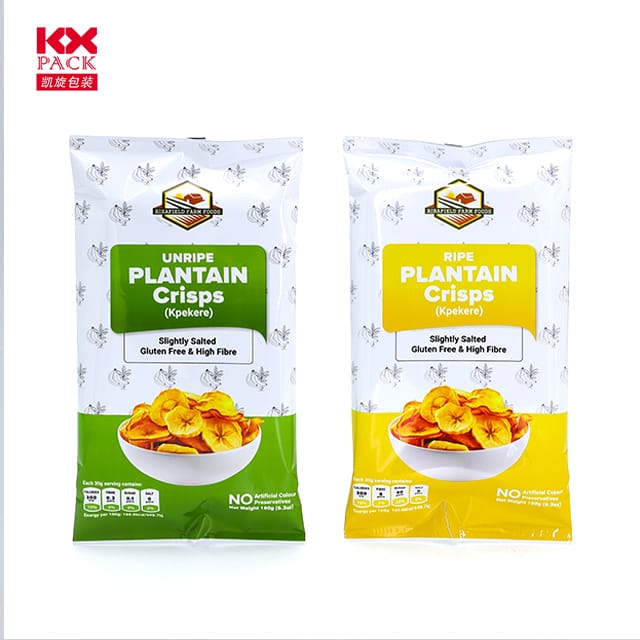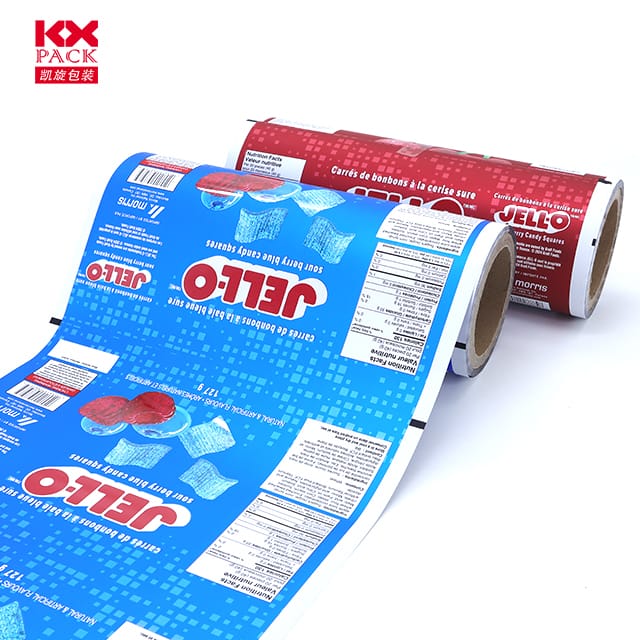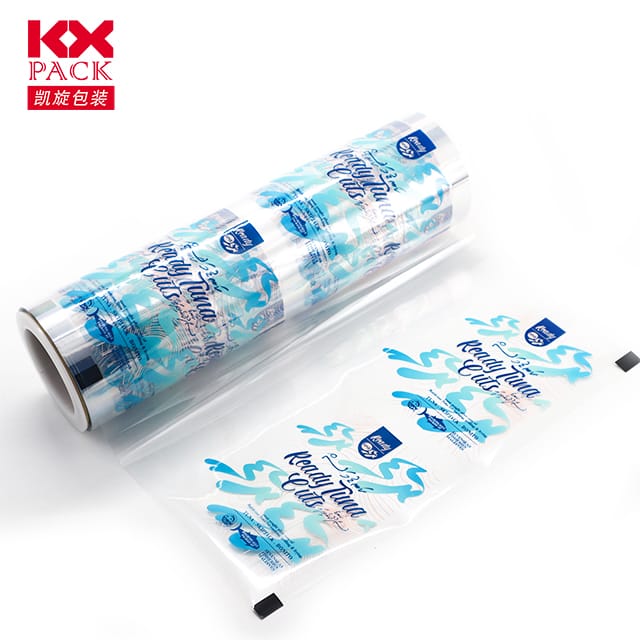Разматрање истине: Утицај пластичне фолије за умотавање хране и одрживих алтернатива (7)
Food Wrapping Plastic Film
У нашим убрзаним животима, пластична фолија је постала главна кухињска роба - лепљива, згодно, и наизглед неопходан. Али као што је забринутост за заштиту животне средине расте, it’s time to take a closer look at the thin, transparent film we use daily. Let’s unwrap the facts about food wrapping plastic film, its impact, and how we can make smarter choices.
What Is Food Wrapping Plastic Film?
Food Wrapping Plastic Film, often called “пластични омот” или “cling film,” is typically made from полиетилен (ПЕ), a lightweight and flexible plastic polymer. It’s designed to cling tightly to containers, keeping food fresh by blocking air and moisture. While it’s undeniably handy for covering leftovers, wrapping sandwiches, or storing produce, its convenience comes at a cost.
The Environmental Toll
- Single-Use Plastic Waste
Plastic wrap is a single-use item, meaning it’s used once and discarded. Само 9% of global plastic waste is recycled, и Food Wrapping Plastic Film is notoriously difficult to recycle due to its thin, stretchy texture. Most ends up in landfills, where it can take centuries to decompose, or worse—pollutes oceans and rivers. - Microplastic Contamination
As plastic film breaks down, it fragments into microplastics, which infiltrate soil, water, and even the food chain. Studies show humans ingest до 5 grams of microplastics weekly via food and water—a concerning statistic with unknown long-term health impacts. - Carbon Footprint
The production of plastic film relies on fossil fuels, contributing to greenhouse gas emissions. Manufacturing just 1 kilogram of polyethylene generates around 2.3 kilograms of CO2.
Is There a Safer Alternative?
да! Eco-conscious brands and individuals are pioneering alternatives that balance practicality with sustainability:
- Reusable Wraps
- Облози од пчелињег воска: Coated in beeswax, jojoba oil, and tree resin, these cloths mold around containers and can be washed and reused for up to a year.
- Силиконски поклопци: Растегљив, airtight lids that fit over bowls and containers, dishwasher-safe and durable.
- Компостибилни филмови
Made from plant-based materials like cornstarch or potato starch, these films break down in industrial composting facilities. Међутим, they’re not suitable for home composting and require specific conditions to decompose fully. - Glass or Stainless Steel Containers
Ditch single-use plastics entirely with airtight containers that last a lifetime. Pair them with silicone lids or cloth covers for zero-waste storage.
How to Reduce Your Plastic Film Use
- Купујте на велико: Purchase larger quantities of food to minimize packaging waste.
- Plan Meals: Reduce leftovers by cooking only what you need.
- DIY Alternatives: Make your own beeswax wraps using fabric scraps and beeswax pellets.
- Рециклирајте право: Check local recycling guidelines—some areas accept clean plastic wrap for recycling.
The Future of Food Preservation
Innovation is key. Companies are exploringedible coatings (made from ingredients like chitosan or lactic acid) иmycelium-based materials (fungal networks that biodegrade naturally). While these solutions are still emerging, consumer demand can drive their adoption.
Ваш избор је важан
Сваки пут када посегнете за пластичном фолијом, запамтите: There’s a more sustainable way to protect your food. By opting for reusable or compostable alternatives, you’re not just preserving freshness—you’re helping preserve the planet.
Let’s cling to change, not plastic. 🌍
Has this inspired you to rethink your kitchen habits? Share your favorite eco-friendly food storage hacks below!
Кључне речи: food wrapping plastic film, sustainable alternatives, plastic pollution, eco-friendly kitchen, compostable wraps, microplastics, контејнери за вишекратну употребу







